Osram’s smart horticulture lighting system prototype used in NASA ground research to help provide space crews with a reliable source of fresh food
WILMINGTON, Mass. & KENNEDY SPACE CENTER, Fla.–Osram, a global high-tech lighting company, today announced it is providing the National Aeronautics and Space Administration (NASA) with a customized version of its proprietary connected horticulture research lighting system, Phytofy RL. The smart lighting software, coupled with a unique setup of connected grow light fixtures, will supplement the lighting technology used in NASA’s Food Production Research focused on production of salad-type crops for crews during space travel. All software, hardware and LEDs in Phytofy were developed by Osram. Osram has developed a broad portfolio of horticulture LEDs that irradiate the specific wavelengths needed for optimum growth of a wide variety of plants and flowers, allowing the light to be adapted specifically for the needs of various crops.
Continue reading NASA Taps Osram to Support Its Food Production Research
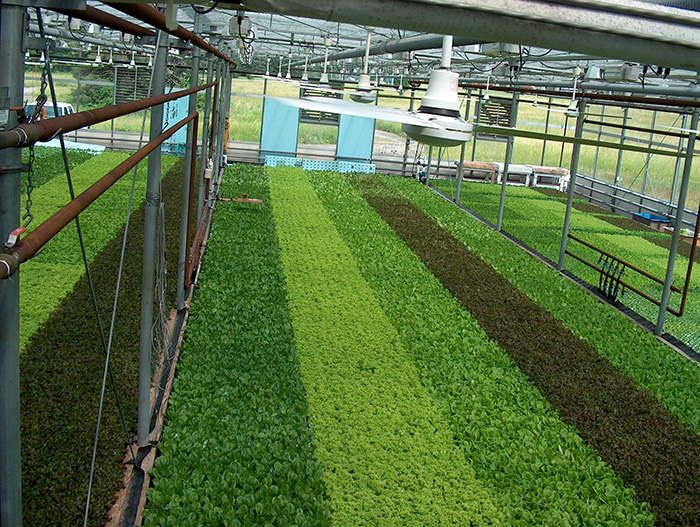

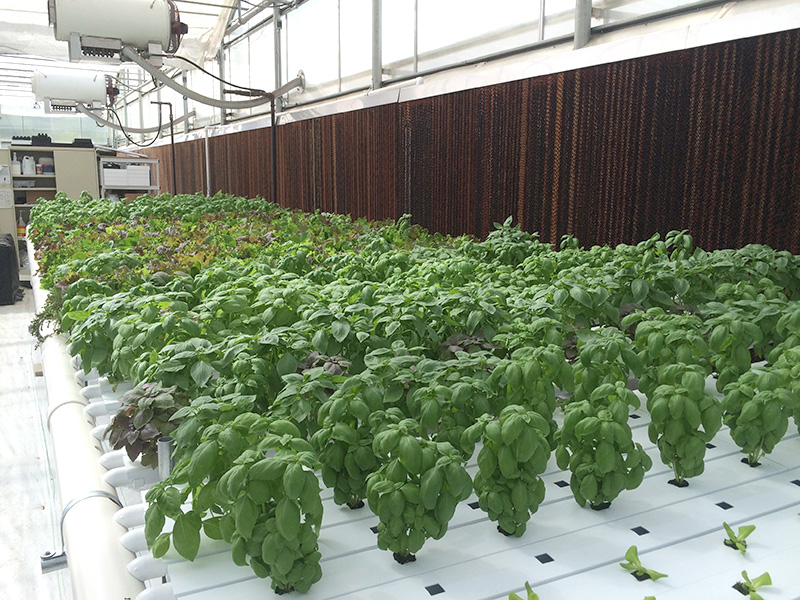
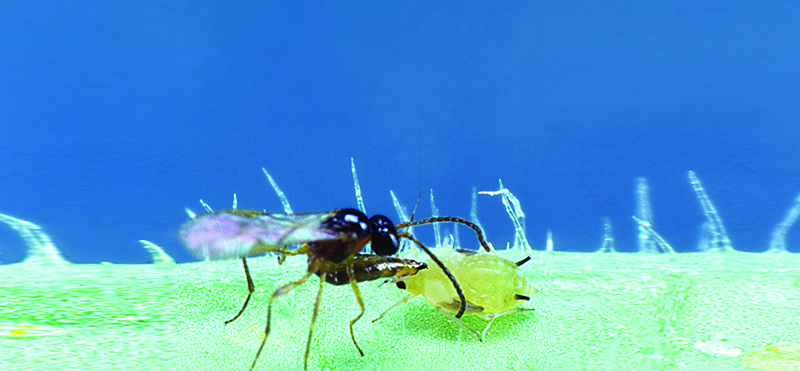
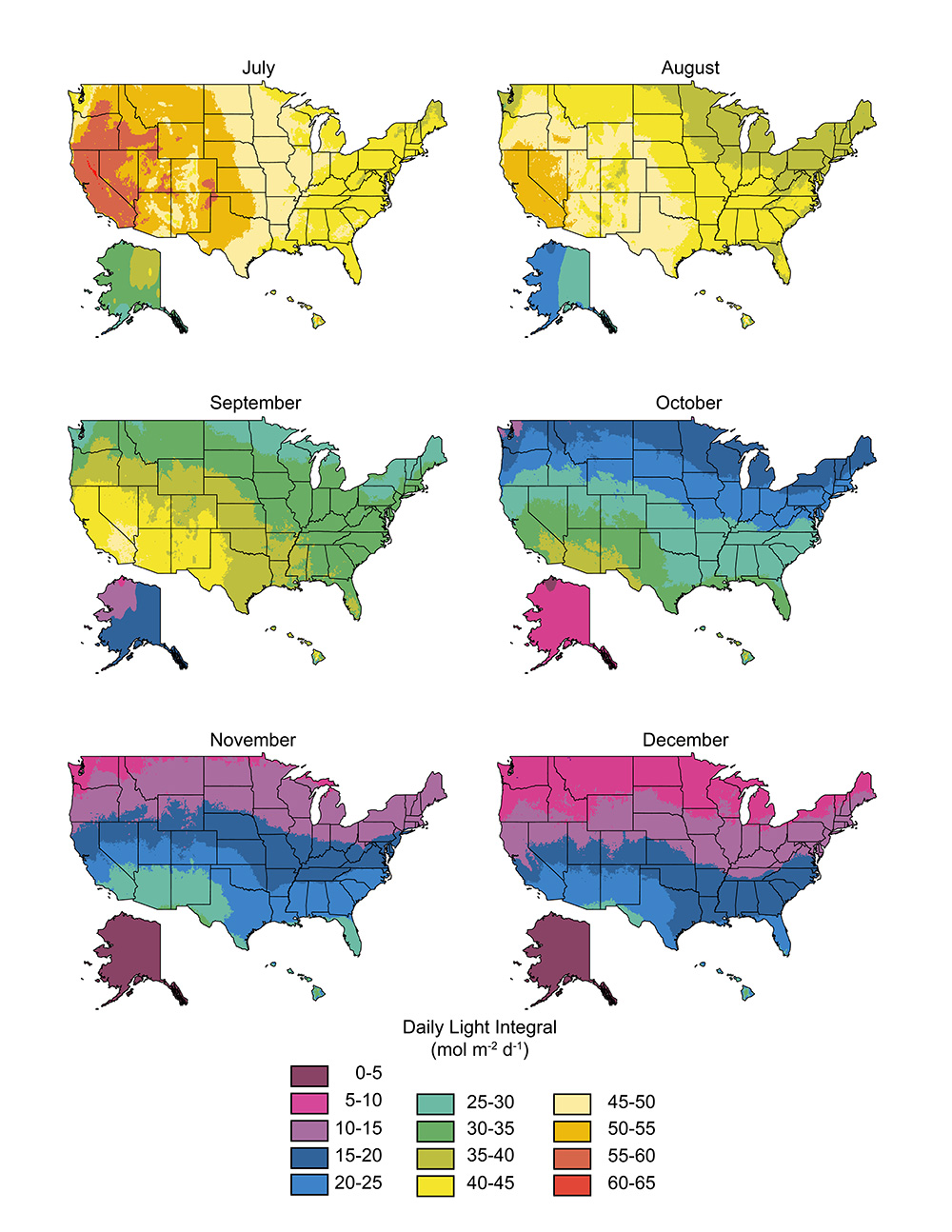
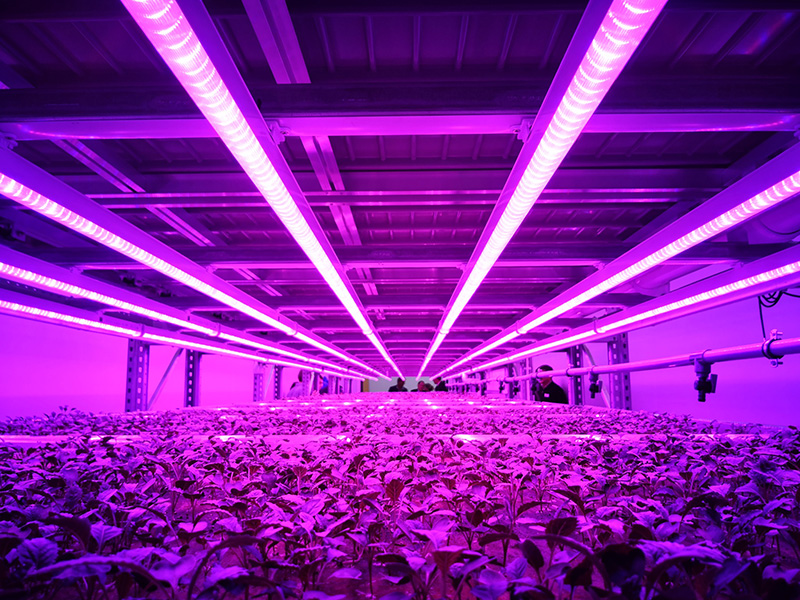
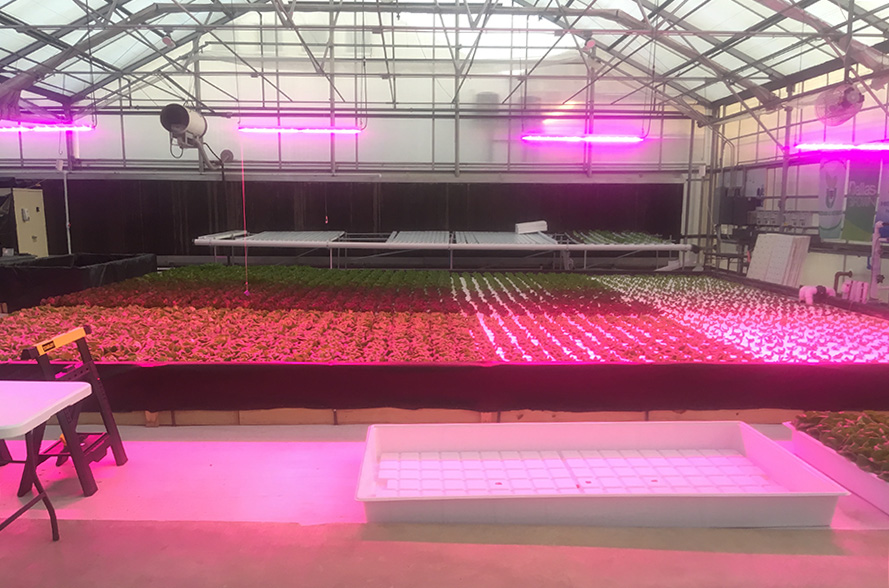

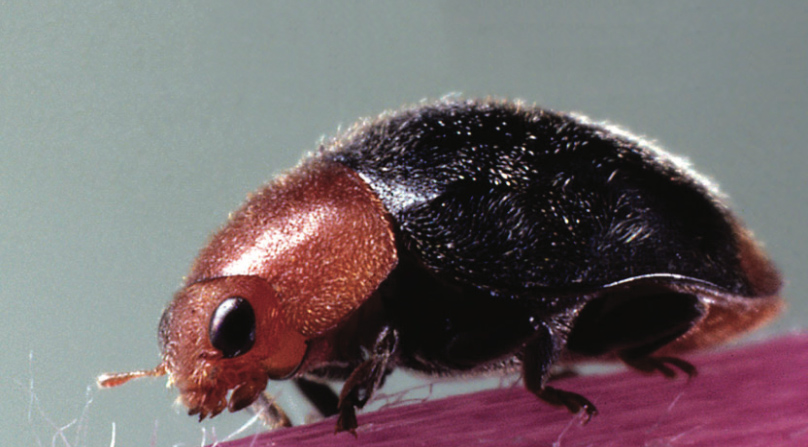




You must be logged in to post a comment.